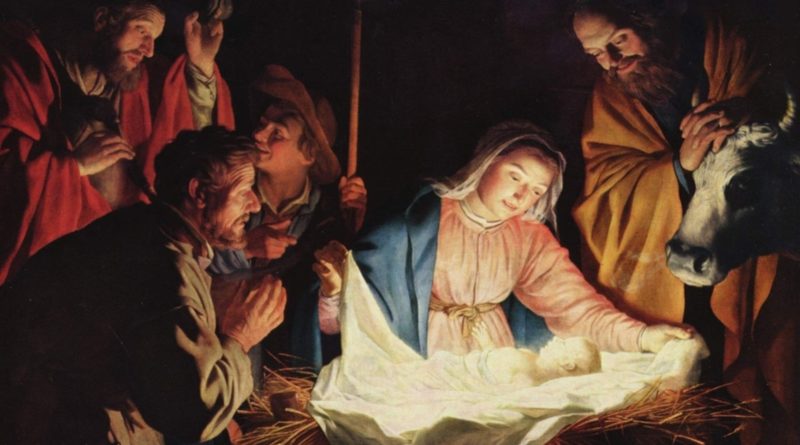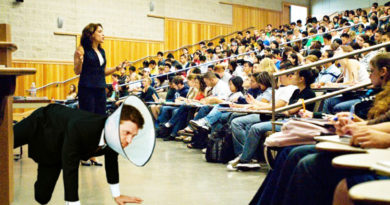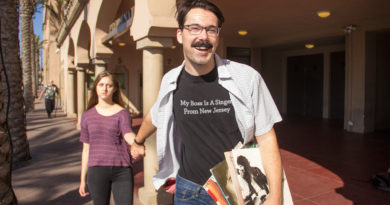Baby Jesus Sees Shadow, Won’t Be Crucified for Another Four Months
by Keith Herrmann
BETHLEHEM– For the third year in a row, the newborn Jesus Christ has seen his shadow and will not crucified until late April, sources confirmed early Christmas morning. Visitors and tourists alike crowded into a stable late last night to witness the annual tradition, in which the newborn Lord was delivered, saw his shadow, and immediately declared the date and time of his inevitable betrayal by those closest to him.
“It’s all a bit quaint, but this really is the most exciting time of the year for us in Bethlehem,” admitted Adam Lunsford, Bethlehem’s licensed handler of the Son of Man, who will see that the young savior is well-fed and groomed before dying on a cross for the sins of mankind in several months. “He’s seen as more of a symbol than anything nowadays, but a lot of people don’t know that he’s a busy fella,” said Lunsford of the young Christ, who traditionally has between three and four months to deliver each of his sermons, perform several miracles, wander the desert, and repent for the sins of man.
Despite merry enthusiasm, not all locals are eager to participate in the event. “Every year, I’m told this four-month-old is a false prophet. Every year, I’m roped into crucifying him. And every year, he rises on the third day and ascends into heaven,” complained Pontius Pilate, a local politician, who called the annual festivities surrounding the event ‘alarming.’
Even as a vocal minority dismisses the annual crucifixion as ‘uncouth,’ and competing religions demand that corporal vessels of their deities be sacrificed alongside the infant Christ, the annual tradition proves to be a hit with onlookers and participants alike.
“You put nine months of your year into this, and you begin to doubt whether it’s all worth it,” said Mary, Mother of God, who smiled as she watched her infant get taken from her arms and to his eventual death and resurrection. “But then you see the way that it unites our community, and it all pays off.”
At time of printing, sources confirmed that vendors were selling cheap, wearable crucifixes to seasonal tourists.




